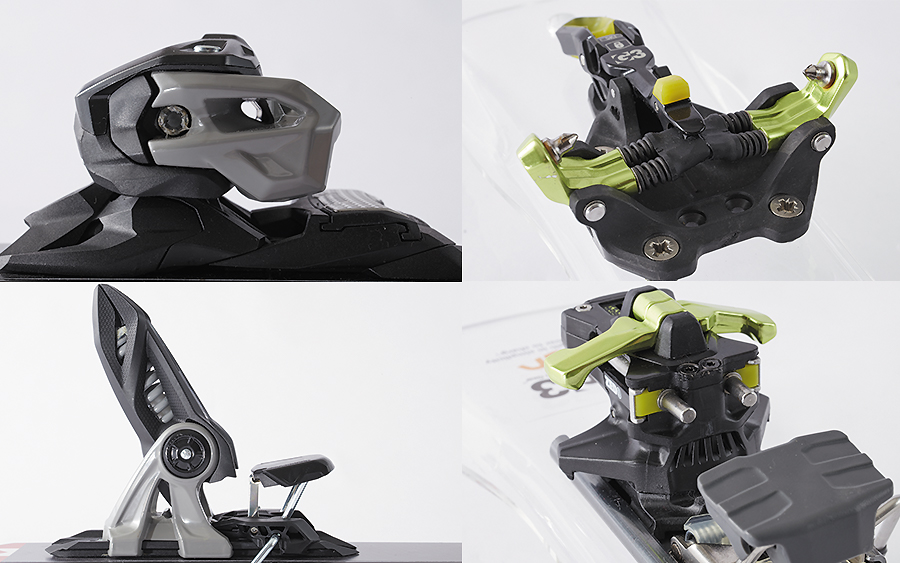Among many ski gears, bindings have achieved the most innovative evolution. It is a history of seeking gliding performance and safety, but now the need for backcountry is increasing, and the desire for lighter and more comfortable hiking performance is also increasing. Among them, the problem of compatibility with boots is becoming more and more important. And there is a lack of understanding in various ways related to "false release." It is directly related to your own safety, so I want you to understand it firmly.
*The basic knowledge of bindings was compiled by the editorial department after interviewing Ryusuke Miura of MDV Sports (marker bindings) and Tomoya Takahashi of Dinafit.
POINT 1 Broadly classified into 5 types
Currently, various models are released by each company in each category, and I am troubled by the choices, but I dared to classify them into 5 types. In order for the bindings to function correctly and safely, they must be compatible with the boot, and must be purchased at a specialty store, including installation and adjustment. Just to be on the safe side, domestic retailers won't sell incompatible boots and bindings.
[1_ALPEN BINDING]
A reliable and safe safety release mechanism cultivated through the history of ski bindings. Anyone can put it on and take it off without hesitation, and the fact that it is a separate type that allows you to take advantage of the original flex of the ski is also a great advantage.

DIN=7-16 ¥38,500
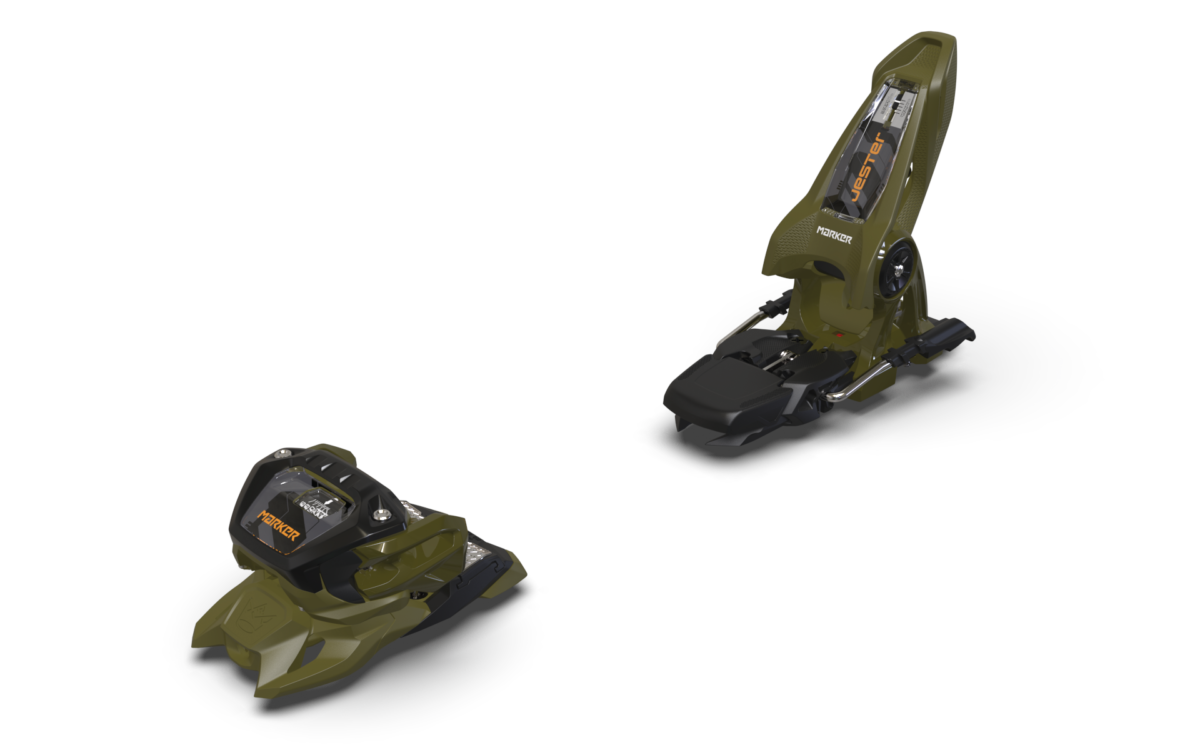
DIN=6-16 ¥61,600
[2_FLAME TOUR BINDING]
The biggest advantage is that you can use it with your alpine ski boots. Wearing and releasing are the same familiar methods as alpine bindings. However, in climbing mode, it is difficult to raise the heel with the heavy heel piece and walk.
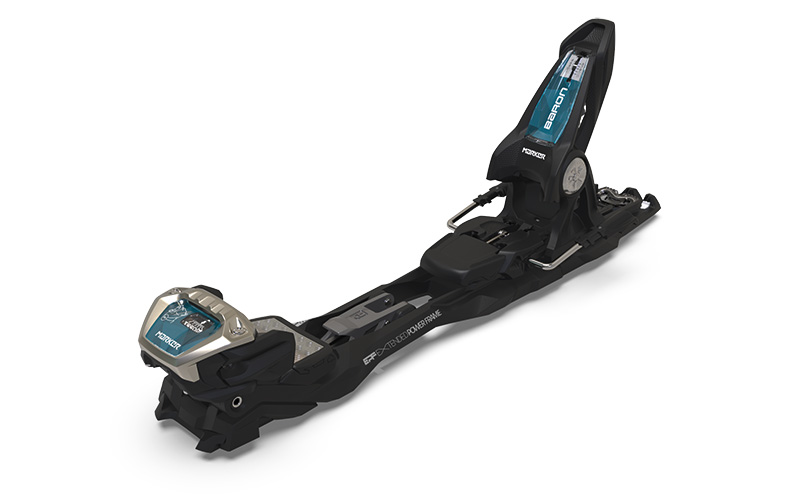
DIN=4-13 W=1390g(1/2pair)¥61,600
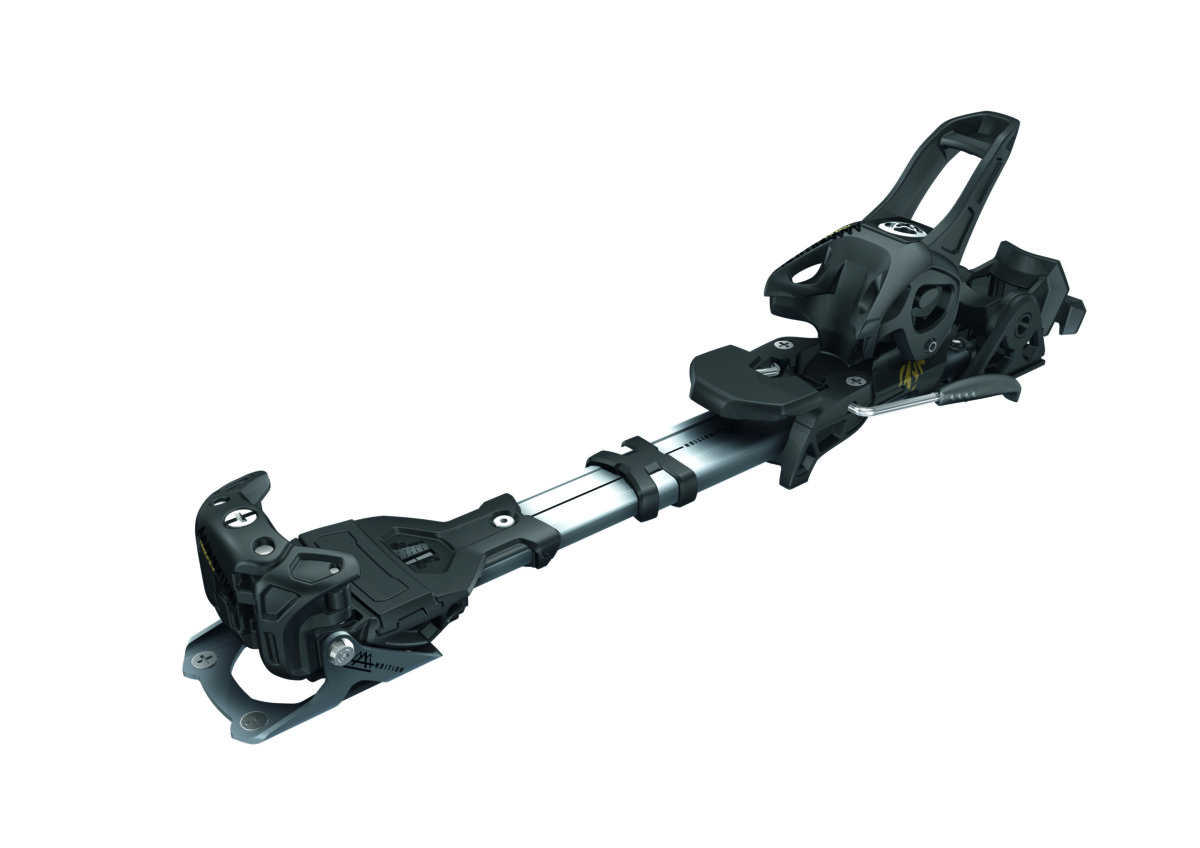
DIN = 4-12 W = 1980g ¥55,000
[3_TEC BINDING]
A simple and lightweight mechanism that holds the toe with a pin. It is very lightweight and advantageous for hiking up, but the sliding hold feeling and safety release function are a few steps behind the alpine type.
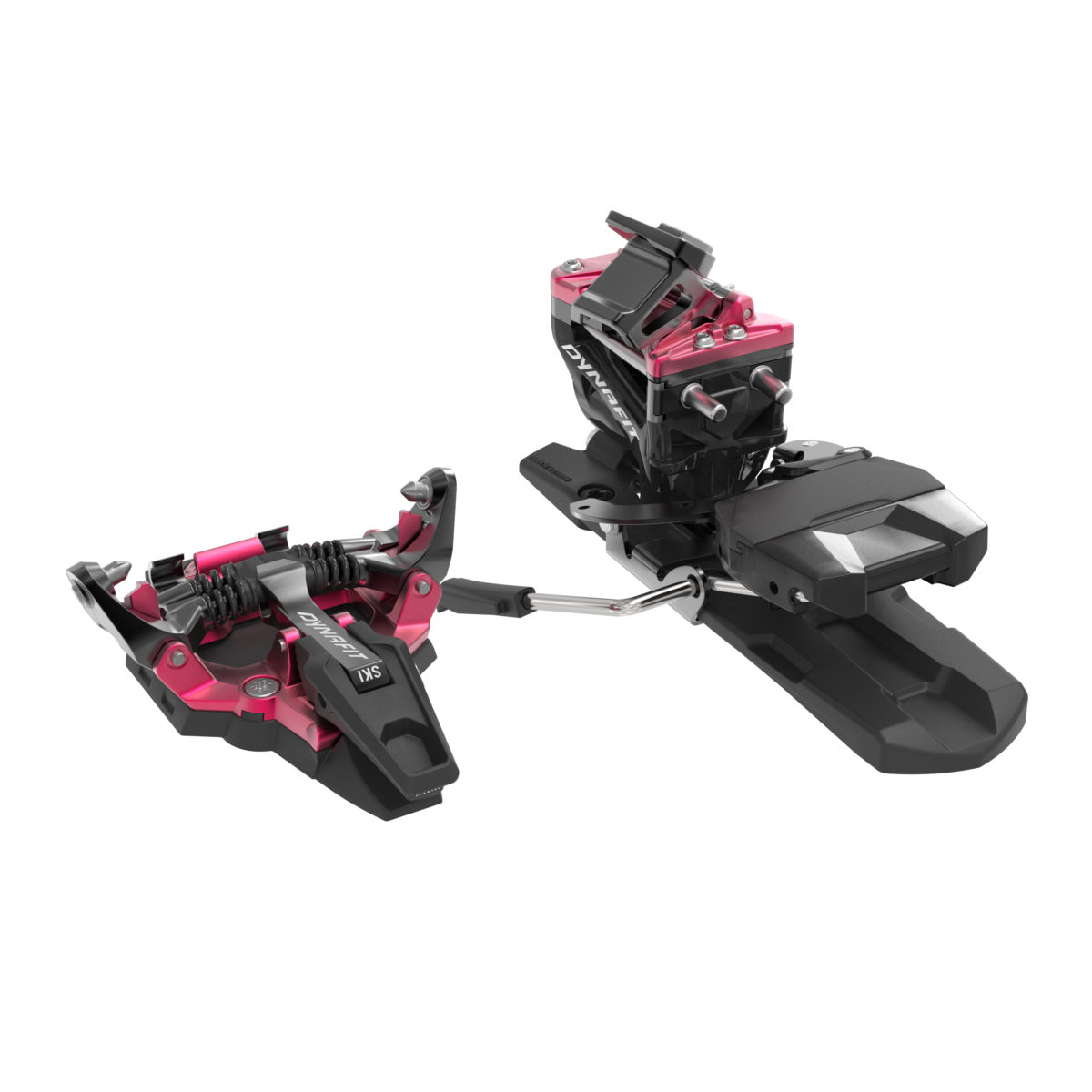
DIN=4-10 W=520g ¥73,700
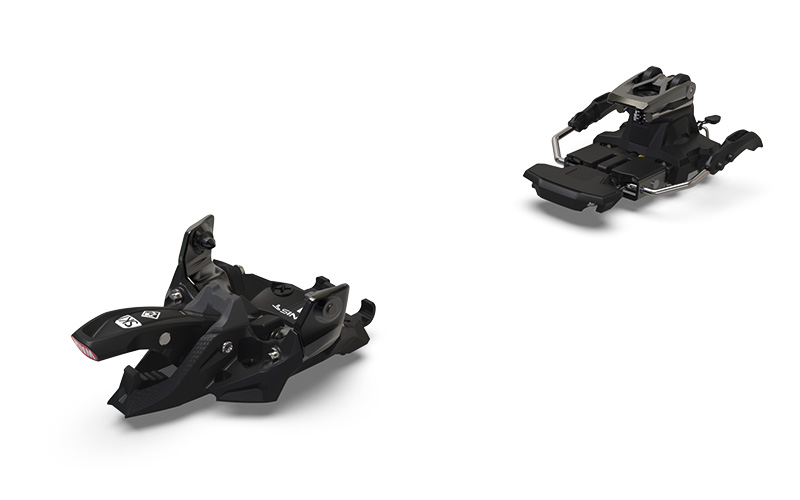
DIN=6−12 W=360g (with brake) 270g (without brake)
¥90,200 (with brake) ¥80,300 (without brake)
[4_HYBRID TEC BINDING]
Equipped with a heel piece that presses the heel edge from above with the force of a spring, similar to the alpine type, providing excellent heel hold when skating. Hiking benefits from a tech binding-like toe system and light weight
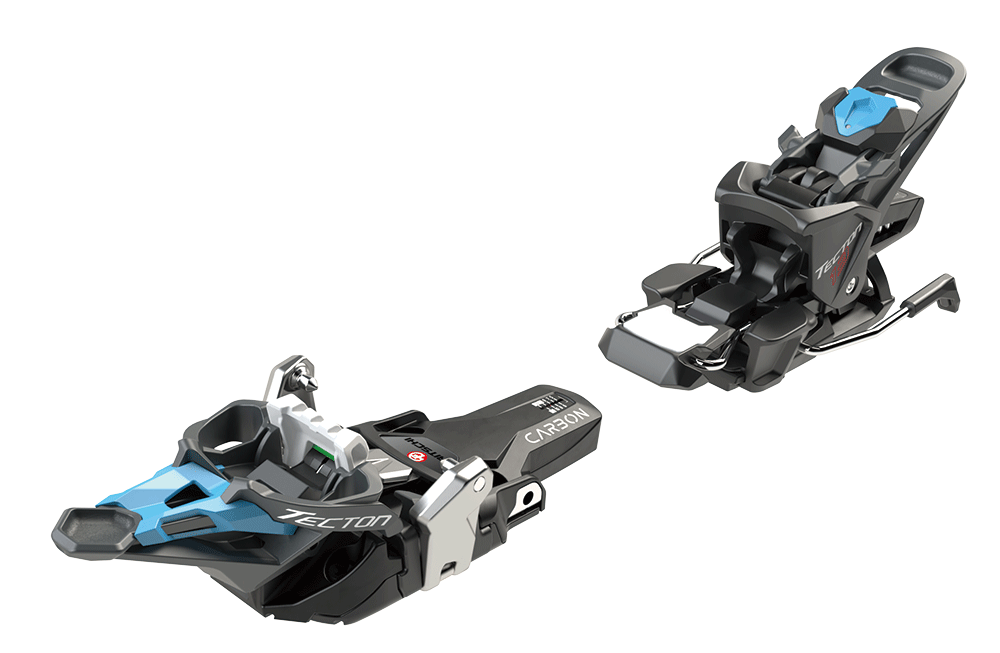
DIN=5ー13 W=550g(1/2pair) ¥87,450
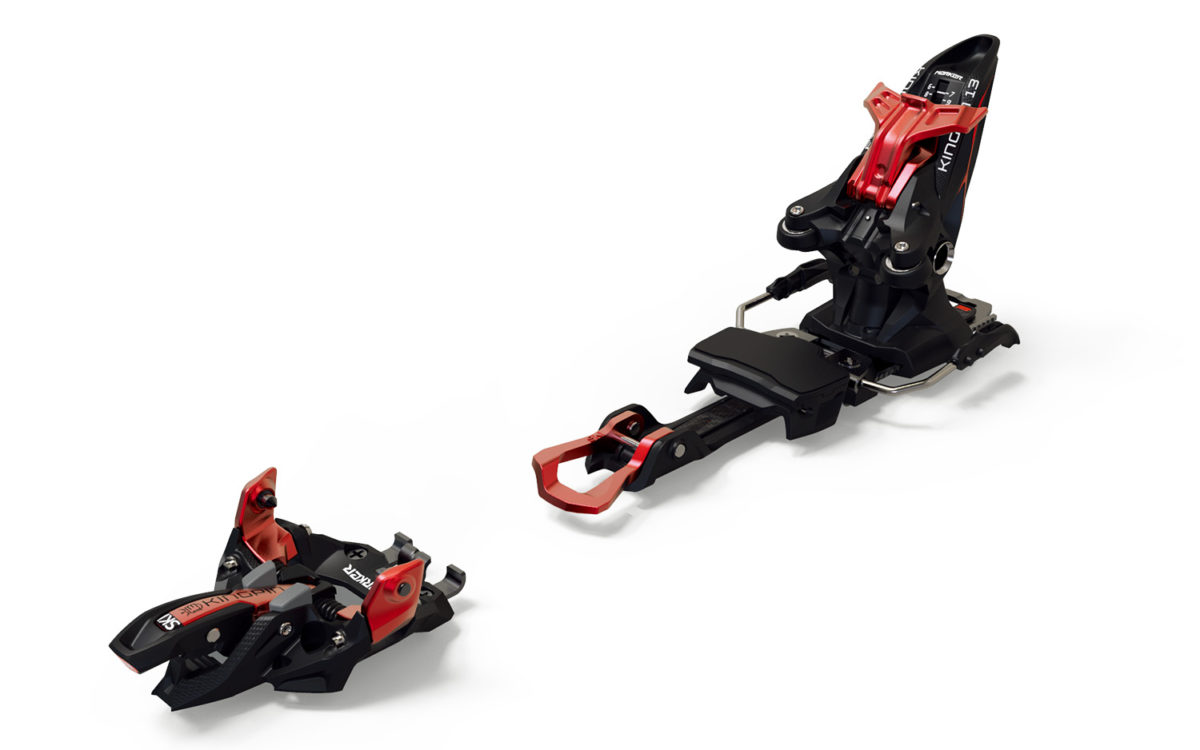
DIN=6ー13 W=715g(1/2pair) ¥118,800
[5_DUKE PT/SHIFT]
"Salomon Shift" and "Marker Duke PT". The gliding is the same reliable mechanism as the alpine type. When climbing, you can easily hike like a tech binding using tech parts with a variable toe piece.
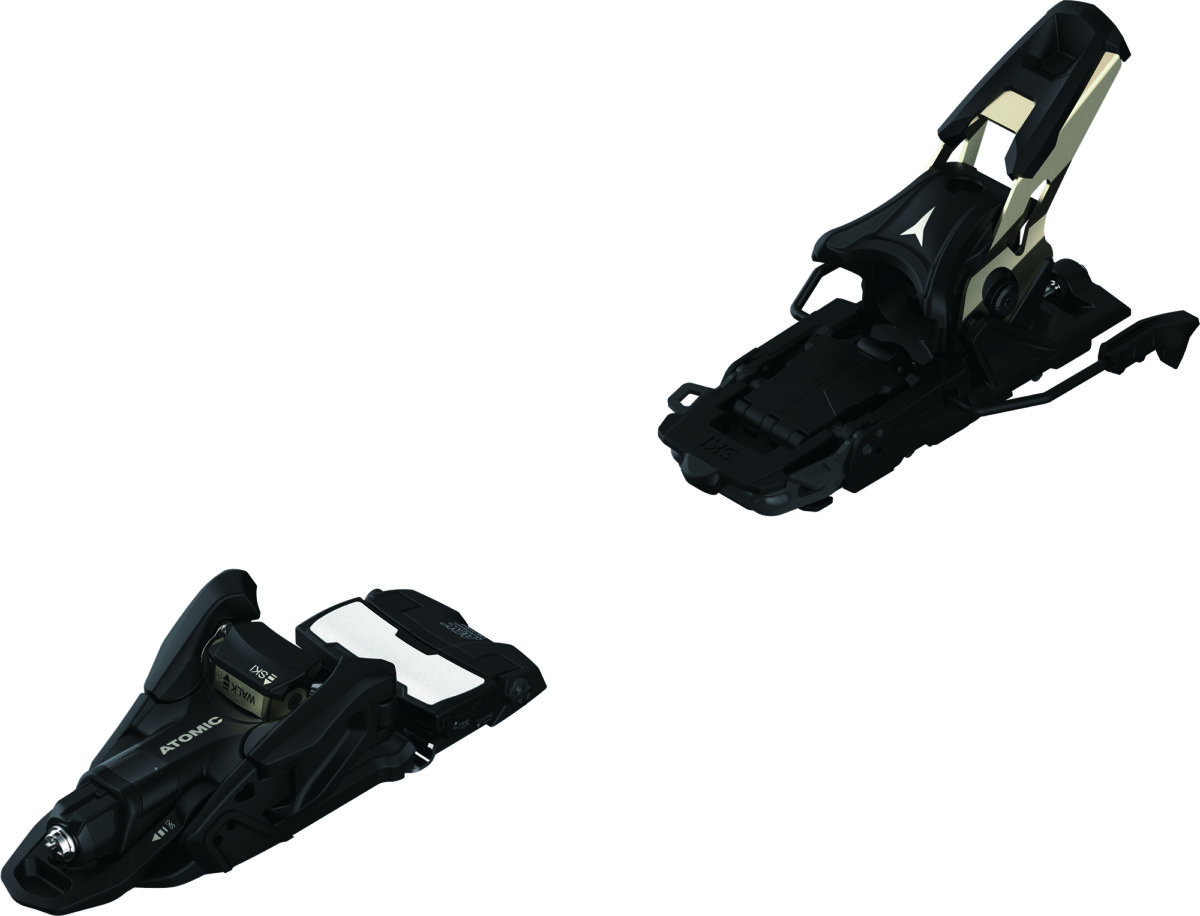
DIN=6-13 W=880g(1/2pair)
¥93,500
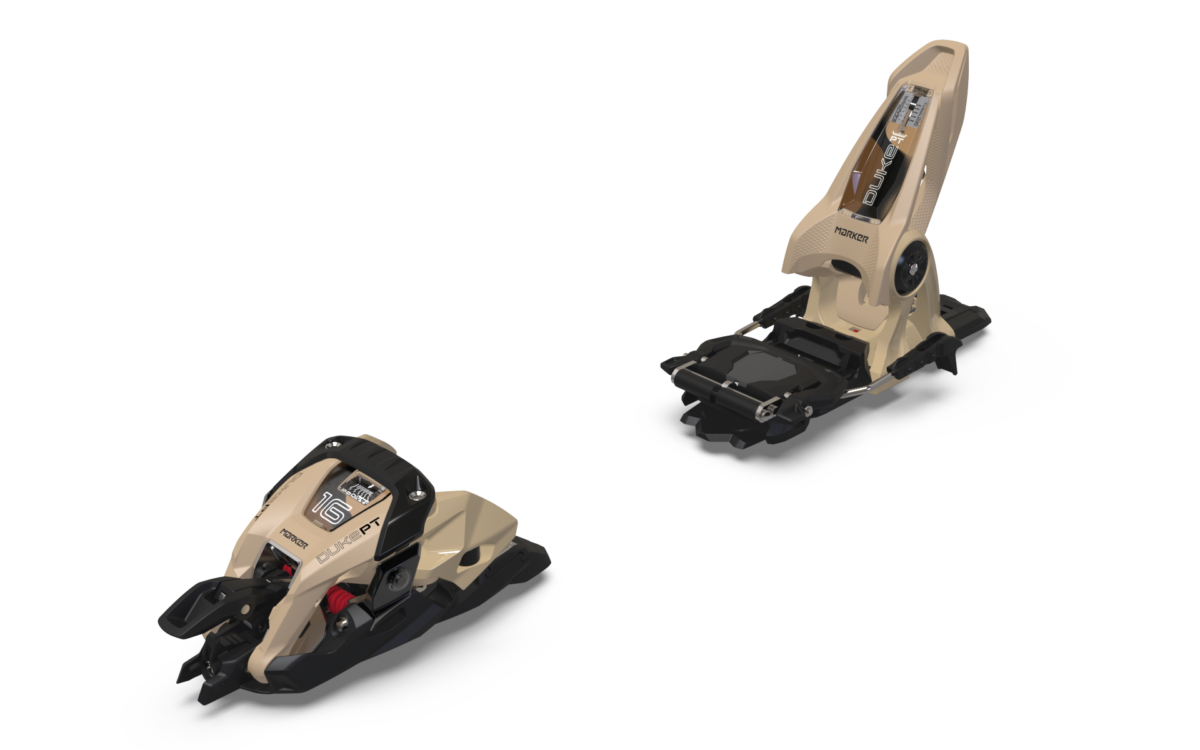
DIN= 6-16 W=1350g (1/2pair)
¥115,500
POINT 2 Release function mechanism
The boots seem to be fixed while skating, but in reality, they repeatedly move out and back between the heel piece and the toe piece due to the force of the turn and the impact from the snow surface. A spring built into the binding exerts a force to always return it to the correct position. This is the "restore" function, which is an important feature of the binding.
The binding releases the boot when enough force is applied that the set spring cannot return it to its original position. This is the basic mechanism of the safety release function.
At the time of safety release, the toe piece releases the boot in the left and right direction, and the heel piece releases the boot in the upward direction. There are various release mechanisms depending on the brand and model, but in fact, the combination of horizontal and vertical is the basis of release, and even against backward twisting and falling, which is said to be the most risky, this combined vertical and horizontal release is used. is doing.
The heel piece releases the boot upwards and the toe piece laterally. This is the basis of the liberation function.

POINT 3 Tech binding release function
Tech bindings also have a safety release function, and the boot is released mainly by the rotation of the heel piece. At that time, the boot also comes off from the toe piece, which is subject to excessive force. As you can see from the use of the lock function in hike mode, it comes off with a simple force because it is a small spring. There is also a model that has an independent release function for the toepiece, but including that, it seems that the system still has room for growth compared to the alpine type release mechanism.
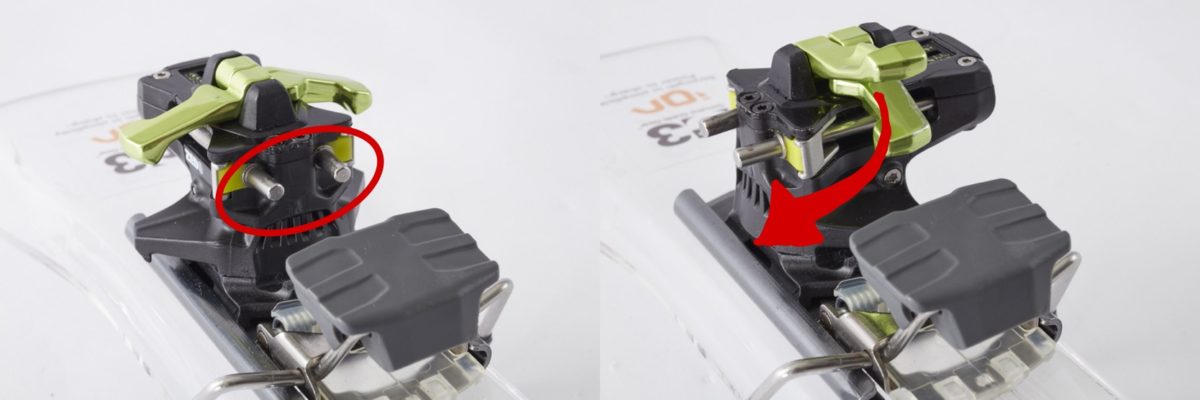
. release the boots
POINT 4 Is it strictly prohibited to adjust the release value?
Only trained SBB-certified mechanics can install and adjust the bindings, and any adjustments made by anyone else (even if you are the owner) will void the warranty due to safety concerns. Furthermore, if you set the release value to 11 or higher, it is your responsibility. This is because any manufacturer's product is designed to fit within the release value of 10 as long as it is within the applicable weight for each model.

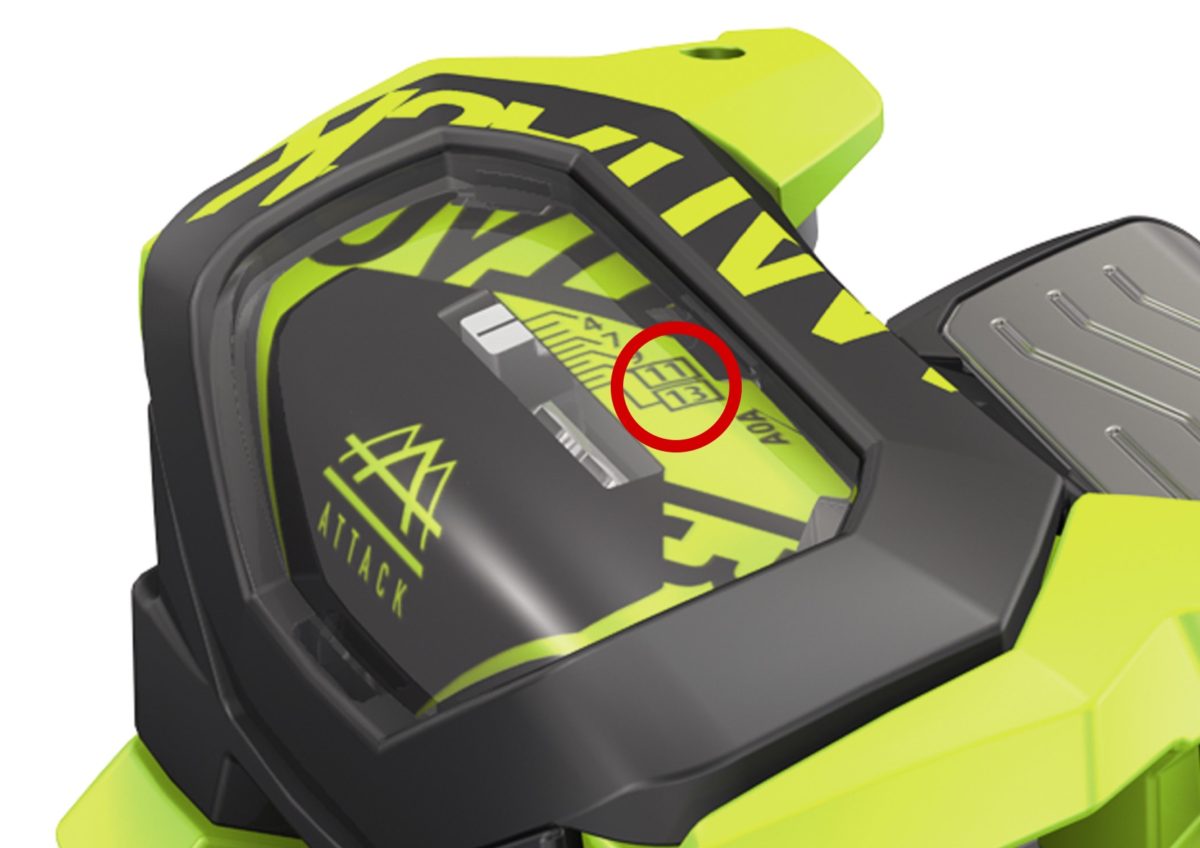
POINT 5 False release does not exist?
There is no "false release" in bindings that have been correctly adjusted by an SBB certified mechanic. The cause of the unintended release of the binding, known as the so-called false release, is when a force exceeding the appropriate value is applied, such as when landing from a jump or riding on a steep slope. Therefore, there are many athletes and rider-class skiers who tighten more than the appropriate release value, but even in that case, the risk is their own responsibility. It is necessary to understand that it is not covered by the manufacturer's warranty.
Compatibility with POINT 6 boots
For example, alpine boots with flat soles and tour boots with rounded soles cannot use the same binding because the height of the edge is different. Also, tour boots have rubber block soles that are easy to walk in, but the retention and safety release features of alpine bindings don't work properly.
This is where the international standard by the ISO (International Organization for Standardization) was born. The purpose is to ensure compatibility between different manufacturers, categories, and models by unifying standards, and to ensure safe functioning. Currently, there are two types of ISO standards for bindings and boots, and the compatibility table below summarizes the compatibility of each.

MARKER's "SOLE ID", SALOMON/ATOMIC's "MNC", TYROLIA's "MN" and OEM brand bindings can be adjusted to the Alpine standard (ISO5355) by adjusting the height of the gliding AFD of the toe piece. A system compatible with both boot sole standards of the tour standard (ISO9523). In addition, the gripwalk mark is always displayed on compatible bindings that are compatible with the gripwalk.
Supervision = Ryusuke Miura (MDV Sports Japan), Tomoya Takahashi (Dinafit)
Text = Chikara Terakura

